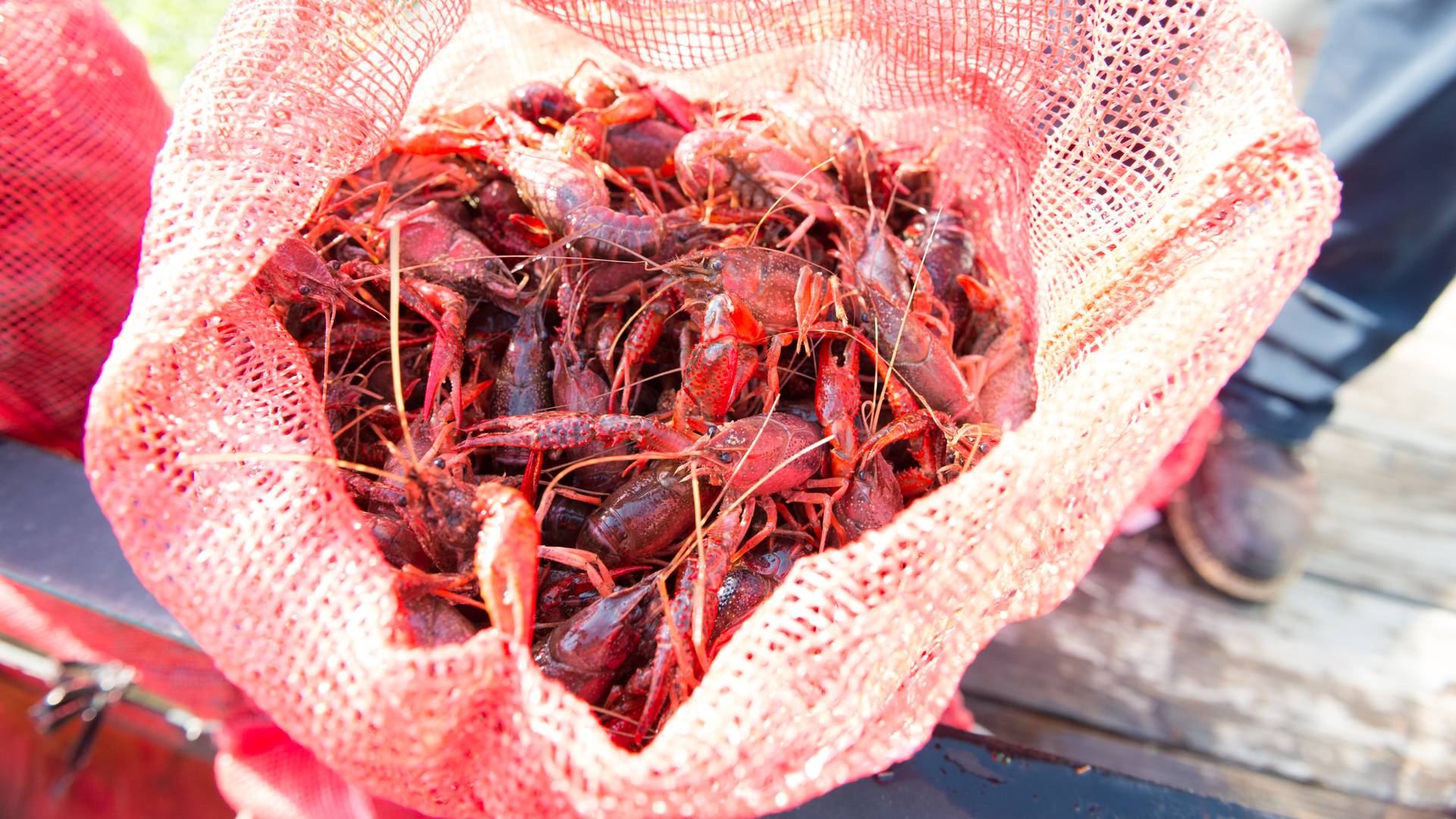

Articles
How To Store Crawfish
Modified: March 23, 2024
Learn the best methods for storing crawfish in this informative article. Discover tips and tricks to keep your crawfish fresh and delicious for longer.
(Many of the links in this article redirect to a specific reviewed product. Your purchase of these products through affiliate links helps to generate commission for Storables.com, at no extra cost. Learn more)
Introduction
When it comes to enjoying the delicious flavors of crawfish, many people are often left wondering how to store them properly. Whether you’ve caught fresh crawfish or purchased them from a seafood market, knowing how to store them is essential to maintain their freshness and taste. In this article, we will guide you through the step-by-step process of storing crawfish to ensure that they stay fresh and flavorful.
Storing crawfish properly not only helps to preserve their quality but also allows you to enjoy these delectable crustaceans at your convenience. By following the right techniques, you can keep crawfish fresh for longer periods, making them readily available for your Cajun boils, seafood salads, or any other dishes.
So, let’s dive into the world of crawfish storage and learn how to keep those little critters as fresh as possible.
Key Takeaways:
- Properly preparing, cleaning, and packaging crawfish is essential for maintaining their freshness. Storing them in the refrigerator or freezer with proper temperature control ensures they remain delicious for your culinary adventures.
- Following the right storage methods, such as purging, cleaning, and labeling, helps to preserve the quality of crawfish. By handling thawed crawfish with care and avoiding refreezing, you can savor their delightful flavors whenever you desire.
Read more: How To Store Leftover Crawfish
Step 1: Preparing the Crawfish
Before you store crawfish, it’s essential to prepare them properly. This step ensures that the crawfish are clean and ready to be stored, maintaining their quality throughout the storage process.
The first thing you should do is to purge the crawfish. Purging helps to remove any impurities and ensures that the crawfish stay fresh for a more extended period. To do this, place the crawfish in a large bucket or tub, and cover them with fresh, cool water. Allow them to sit for about 15-20 minutes, which will encourage them to release any dirt or debris they may be carrying.
After the purging process, give the crawfish a thorough rinse under cold running water. This will help remove any remaining debris that may have been released during the purging process. Use your hands to gently rub the crawfish and ensure that all surfaces are clean.
Next, it’s time to remove any dead or damaged crawfish. Discard any crawfish that are not lively or have damaged shells. Dead or damaged crawfish can spoil quickly and may contaminate the others if left with them.
Lastly, inspect the crawfish for any signs of disease or infection. Look for any unusual discoloration or growths on the shells. If you notice anything suspicious, it’s best to discard those crawfish to prevent the spread of infection to others.
Once you have prepared the crawfish by purging, rinsing, and inspecting them, they are now ready to be stored. Proper preparation ensures that the crawfish maintain their freshness and quality during storage, resulting in a more enjoyable culinary experience.
Step 2: Cleaning the Crawfish
After preparing the crawfish, it’s time to clean them thoroughly before storing. Cleaning crawfish removes any remaining dirt or debris, ensuring that they are free from contaminants and will stay fresh for a longer period.
Start by filling a sink or a large container with cold water. Gently place the prepared crawfish in the water, allowing them to soak for a few minutes. This step helps to loosen any dirt or particles that may be clinging to the shells.
Once the crawfish have soaked for a few minutes, it’s time to clean them individually. Take each crawfish and give it a gentle scrub using a soft brush or a vegetable brush. Pay special attention to the shell, removing any dirt or residue that may be present.
As you clean each crawfish, place it in a separate container filled with fresh, cold water. This will help rinse away any loosened dirt or particles. Repeat this process for all the crawfish, ensuring that each one is thoroughly cleaned and rinsed.
After cleaning and rinsing the crawfish, it’s important to drain the excess water. Use a colander or a strainer to remove the crawfish from the water, allowing any remaining water to drain away. Shake the colander gently to ensure that most of the water is removed.
Once the crawfish are cleaned and drained, they are ready to be packaged and stored. Cleaning the crawfish ensures that they are free from any contaminants or debris, maintaining their freshness and flavor throughout the storage period.
Step 3: Packaging the Crawfish
Proper packaging is crucial when it comes to storing crawfish. It helps to prevent moisture loss, protects the crawfish from contamination, and keeps them fresh for an extended period.
Start by selecting suitable packaging materials. The ideal option is airtight plastic bags or containers that are specifically designed for food storage. These containers help to seal in the freshness and prevent any odors from escaping.
Divide the cleaned crawfish into smaller portions based on your needs. It’s recommended to package them in smaller quantities to ensure that you only thaw the amount you plan to use. This prevents unnecessary waste and maintains the quality of the remaining crawfish.
Before placing the crawfish in the packaging, it’s a good idea to lay a layer of ice or ice packs at the bottom. This helps to keep the crawfish chilled and maintain their freshness. Additionally, adding a sprinkle of salt over the ice can further enhance the flavor.
Gently place the crawfish on top of the ice, ensuring that they are arranged in a single layer. Avoid overcrowding the packaging, as this can cause the crawfish to become crushed or damaged. If you need to package multiple layers, separate them with additional layers of ice to maintain the proper temperature.
Once the crawfish are arranged in the packaging, remove any excess air and seal it tightly. This helps to prevent moisture loss and keeps the crawfish fresher for longer. If using plastic bags, squeeze out as much air as possible before sealing. If using containers, ensure that the lids are securely closed.
Label each package with the date of storage to keep track of the freshness. This way, you can easily identify the age of the crawfish and prioritize their usage accordingly.
Now that the crawfish are properly packaged, they are ready to be stored in the freezer or refrigerator. Proper packaging plays a crucial role in maintaining the quality and freshness of the crawfish, ensuring that they remain ready for your culinary adventures.
Store live crawfish in a cooler with ice packs and damp towels to keep them cool and moist. Do not submerge them in water, as they need to breathe. Keep them in the refrigerator for up to 24 hours before cooking.
Step 4: Storing the Crawfish
Now that the crawfish are properly packaged, it’s important to store them in the right conditions to maintain their freshness and quality.
If you plan to consume the crawfish within a day or two, storing them in the refrigerator is the best option. Place the packaged crawfish in the refrigerator’s coldest section, such as the bottom shelf. The optimal temperature for storing crawfish in the refrigerator is between 32°F (0°C) and 40°F (4°C).
For longer storage, freezing is the recommended method. Place the packaged crawfish in the freezer, ensuring that the temperature is set at or below 0°F (-18°C). Freezing the crawfish helps to extend their shelf life for several months, allowing you to enjoy them at your convenience.
It’s important to note that if you have purchased pre-cooked crawfish, they should be stored in the refrigerator rather than being frozen. Freezing cooked crawfish can affect their texture and quality.
When it comes to thawing frozen crawfish, it’s best to do it gradually in the refrigerator. Remove the desired amount of crawfish from the freezer and place them in the refrigerator overnight or for 24 hours. Thawing slowly in the refrigerator helps to preserve the texture and flavor of the crawfish.
Avoid thawing crawfish at room temperature or using hot water, as these methods can lead to partial or uneven thawing, which may impact the quality of the crawfish.
Remember, once crawfish are thawed, they should be cooked promptly and not refrozen. This helps to maintain their freshness and prevents any potential food safety concerns.
By following the right storage methods, you can ensure that your crawfish stay fresh and ready for whenever you’re craving a flavorful seafood feast.
Read more: How To Store Live Crawfish
Step 5: Tips for Maintaining Freshness
To ensure that your stored crawfish remain fresh and flavorful, there are a few additional tips you can follow:
- Keep the crawfish cool: Whether in the refrigerator or freezer, maintaining a cool temperature is essential. Ensure that your refrigerator is set to the appropriate temperature range, and regularly check the freezer to ensure it is functioning properly.
- Monitor storage time: Keep track of the storage time for your crawfish. If stored in the refrigerator, they should ideally be consumed within 1-2 days. Frozen crawfish, on the other hand, can be stored for several months. Label each package with the storage date to easily keep track.
- Minimize temperature fluctuations: Avoid opening the refrigerator or freezer frequently, as this can cause temperature fluctuations that may impact the crawfish’s quality. When removing or adding crawfish to the storage area, do so quickly and efficiently.
- Avoid cross-contamination: Store the crawfish away from other strong-smelling foods to prevent any transfer of odors. Ensure that the packaging is sealed tightly to prevent outside odors from affecting the crawfish.
- Properly handle thawed crawfish: Once you’ve thawed the crawfish, handle them with care and do not refreeze. Ensure that they are cooked promptly to maintain their freshness and prevent any food safety concerns.
By following these tips, you can ensure that your crawfish remain fresh and delicious, allowing you to enjoy their flavors whenever the craving strikes.
Conclusion
Storing crawfish properly is key to maintaining their freshness and flavor for as long as possible. By following the steps outlined in this article, you can ensure that your crawfish remain delicious and ready to be enjoyed in various culinary creations.
From preparing the crawfish by purging and cleaning them to packaging them appropriately and storing them in the right conditions, each step plays a crucial role in preserving the quality of the crawfish. Additionally, following tips such as keeping them cool, monitoring storage time, minimizing temperature fluctuations, avoiding cross-contamination, and handling thawed crawfish properly further enhance their longevity.
Whether you’ve caught fresh crawfish or purchased them, knowing how to store them correctly allows you to enjoy the flavors of these delectable crustaceans whenever you desire. Utilize the appropriate storage methods – refrigeration or freezing – based on your timing and preferences.
Remember, freshness is key, and proper storage practices help to maintain the crawfish’s quality. By purging, cleaning, and packaging them correctly, you can ensure that the crawfish stay free from contaminants and retain their flavors. Whether you plan to use them in a seafood boil, salad, or any other dish, properly stored and preserved crawfish will elevate the taste and enjoyment of your culinary creations.
So, the next time you have a surplus of crawfish, don’t let them go to waste. Follow these steps and store them properly to prolong their freshness and savor the taste of these delightful critters whenever you’re in the mood for a seafood feast.
Frequently Asked Questions about How To Store Crawfish
Was this page helpful?
At Storables.com, we guarantee accurate and reliable information. Our content, validated by Expert Board Contributors, is crafted following stringent Editorial Policies. We're committed to providing you with well-researched, expert-backed insights for all your informational needs.

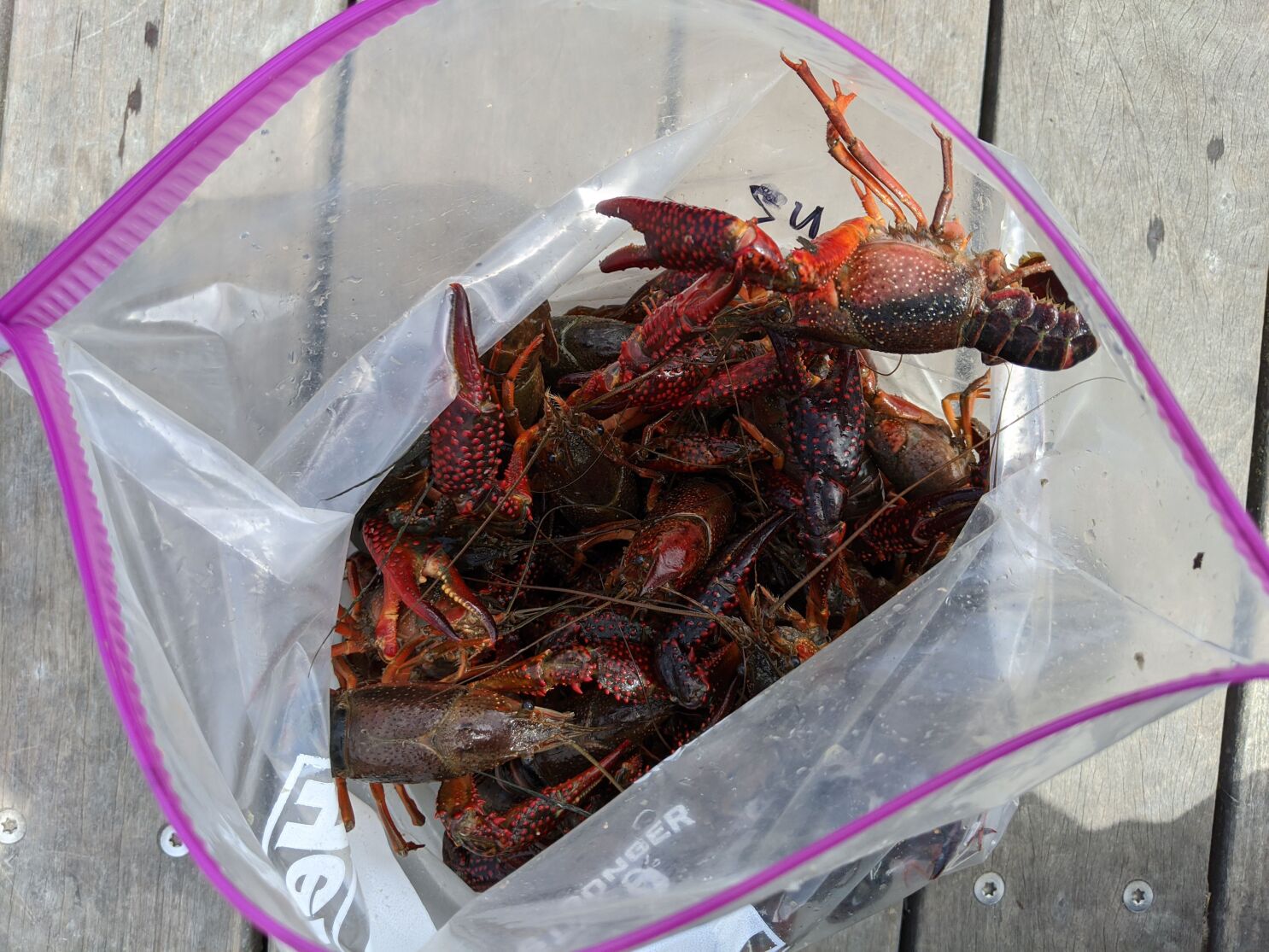
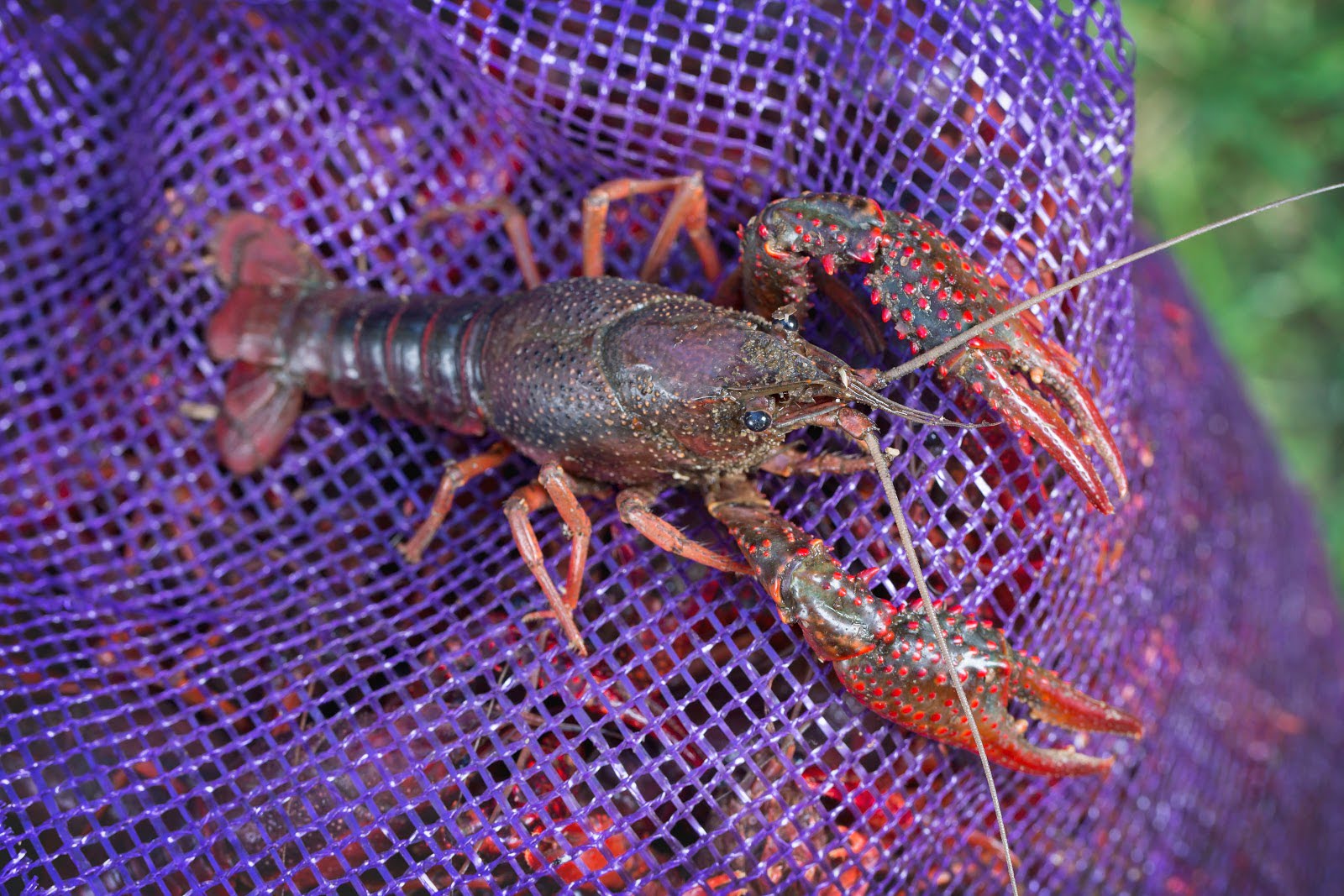

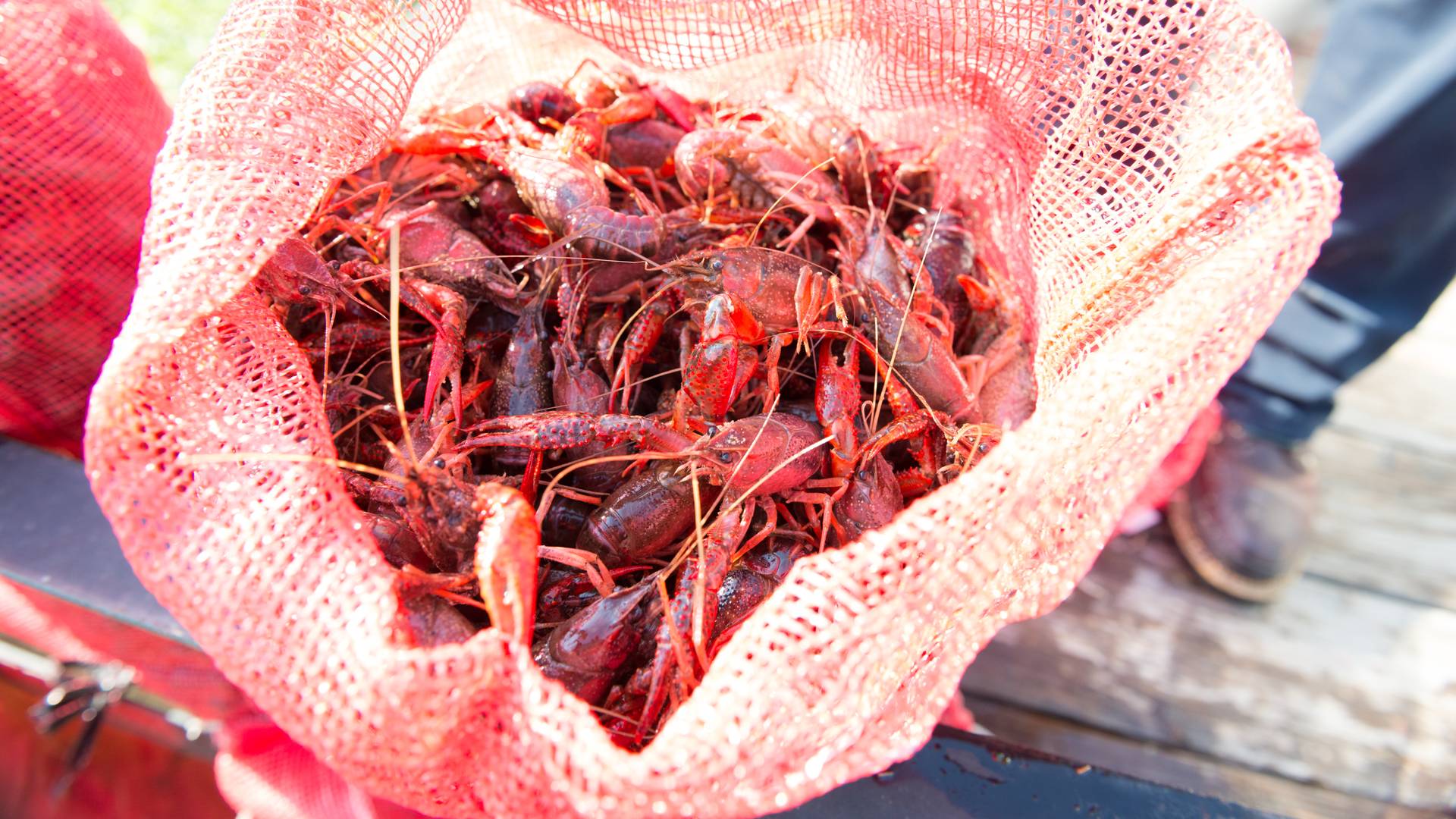




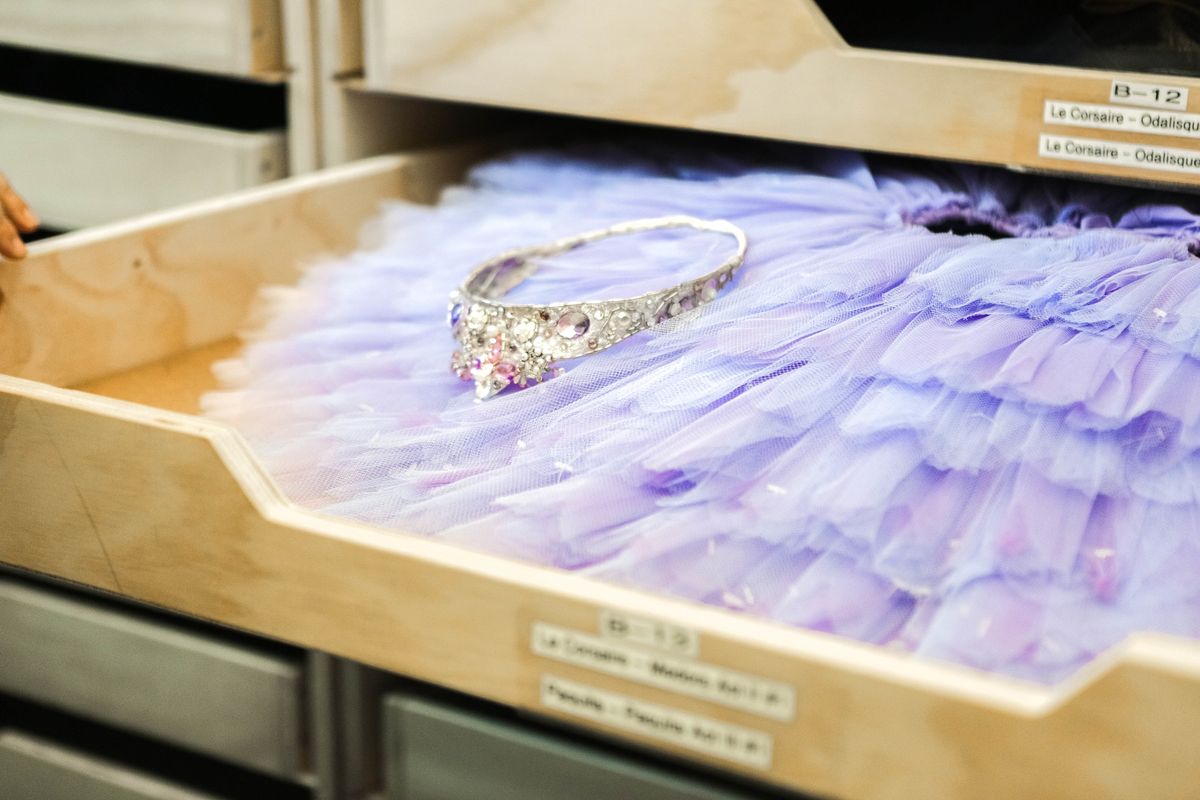

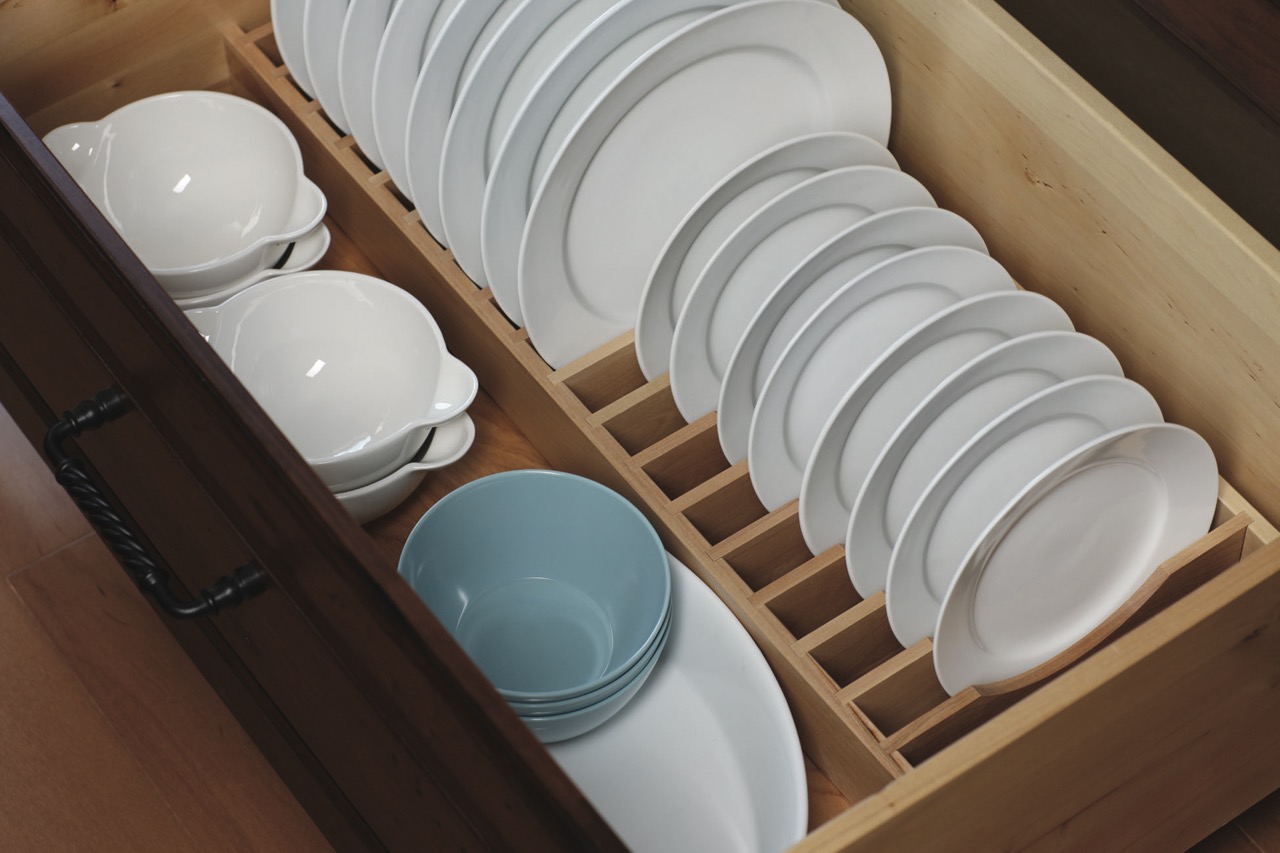

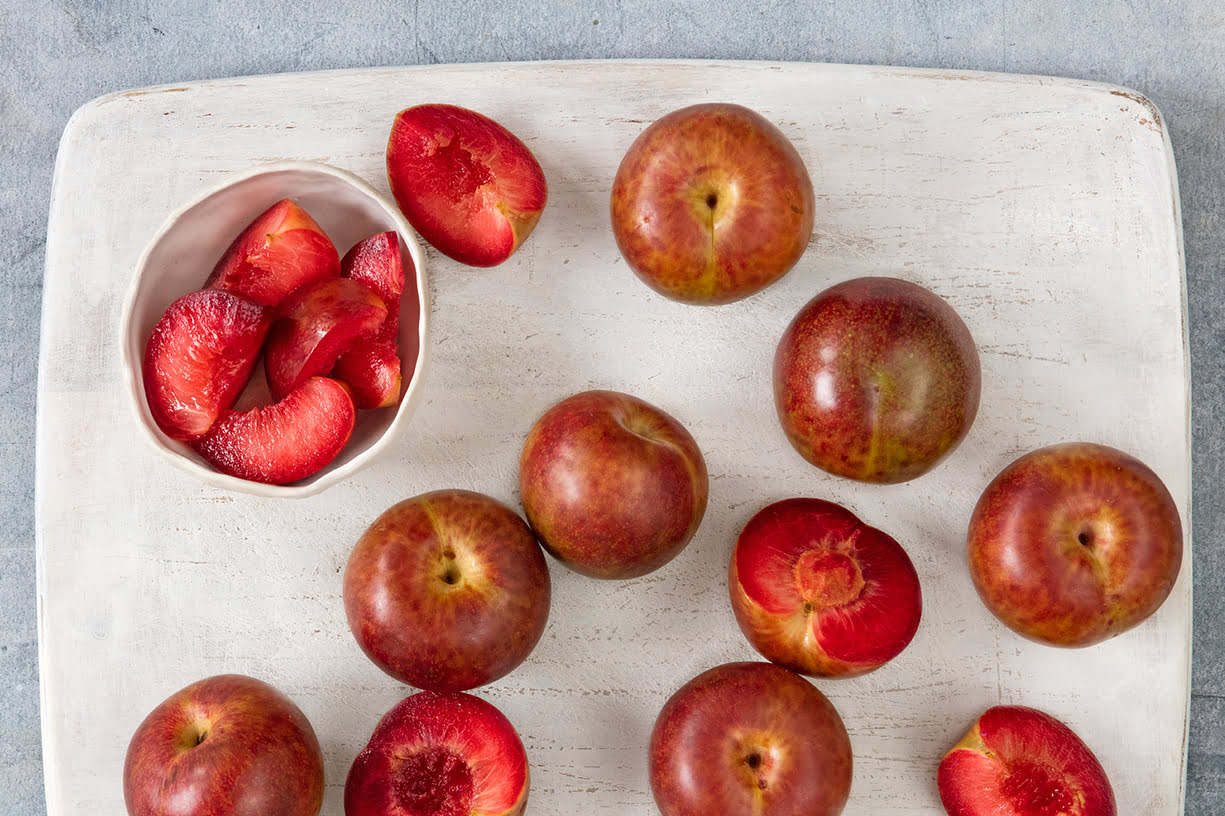

0 thoughts on “How To Store Crawfish”